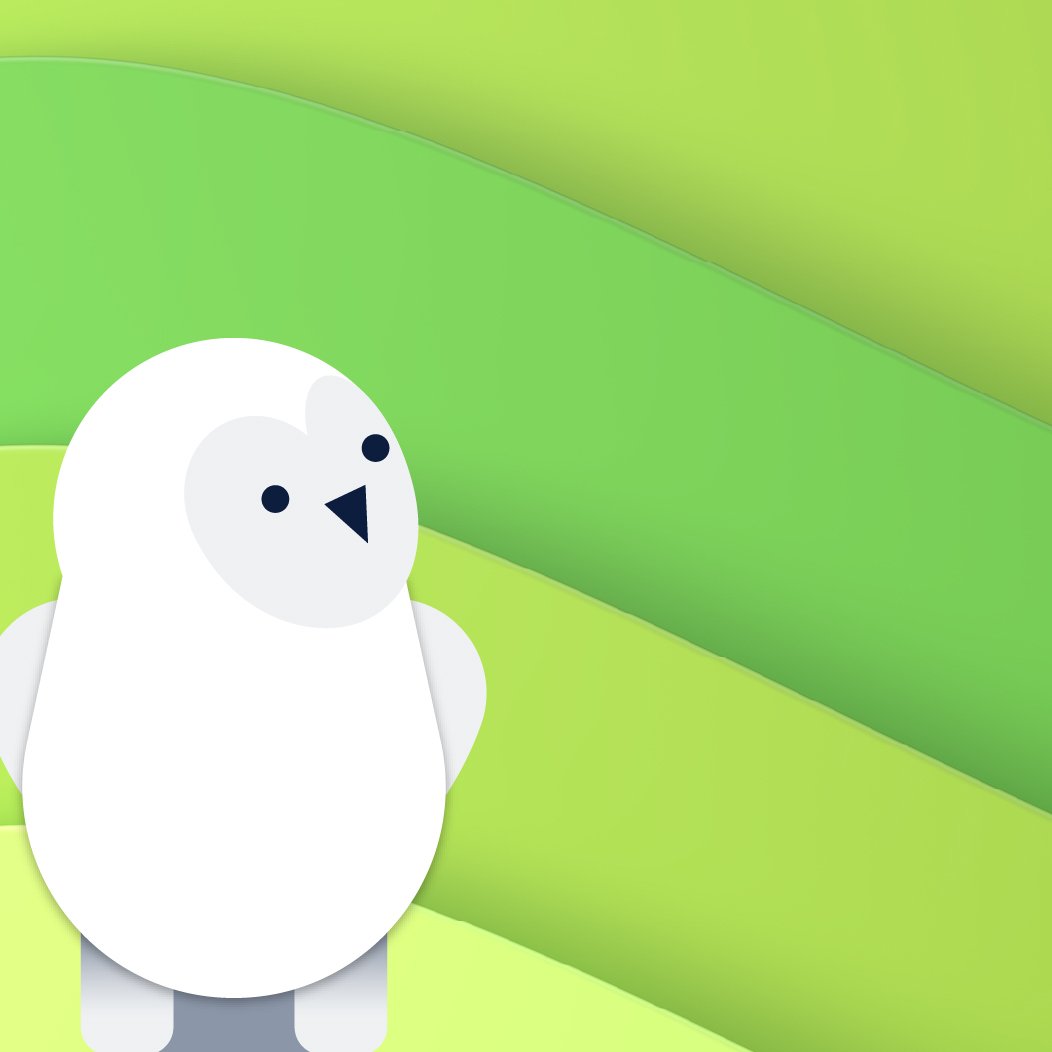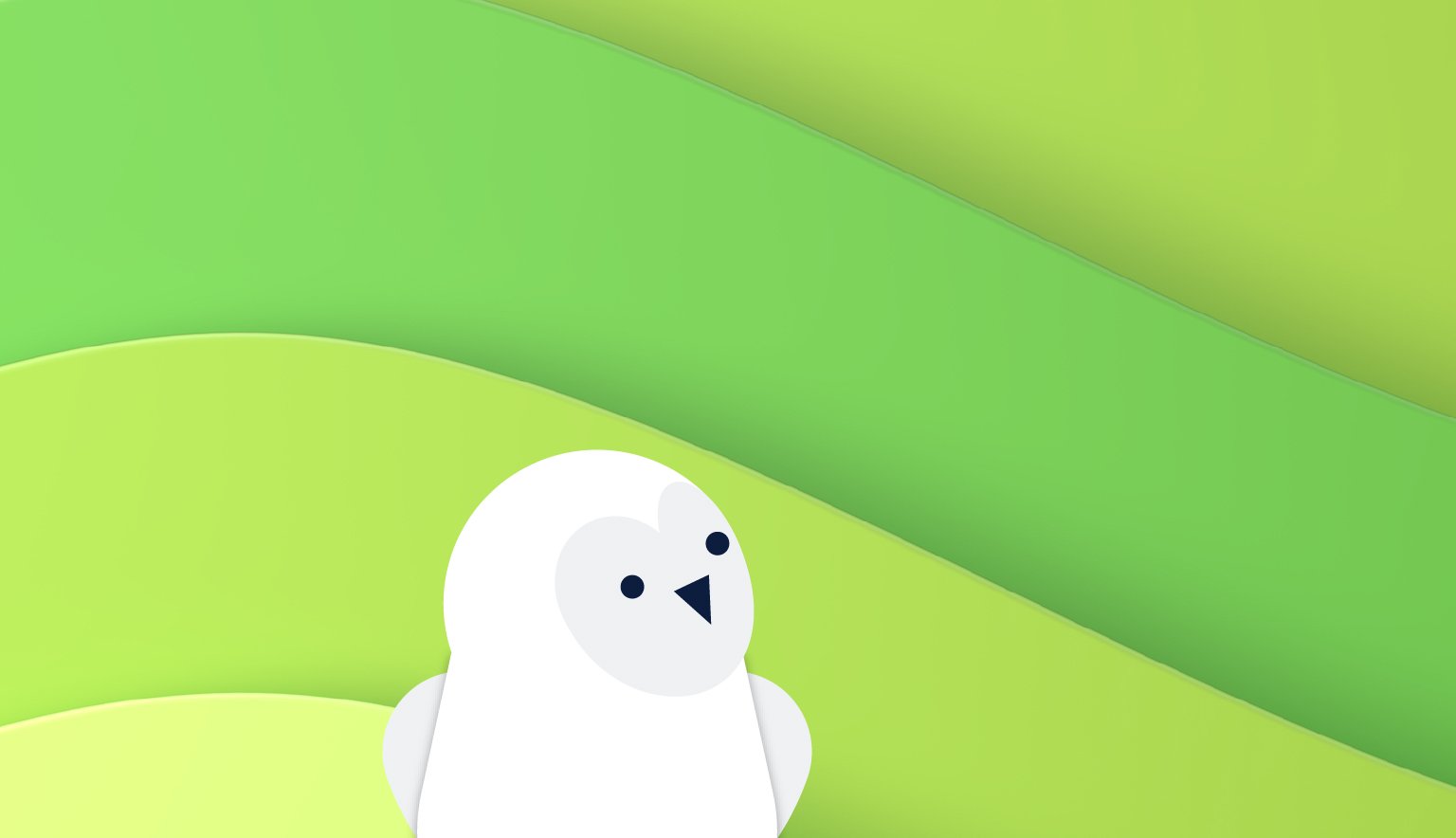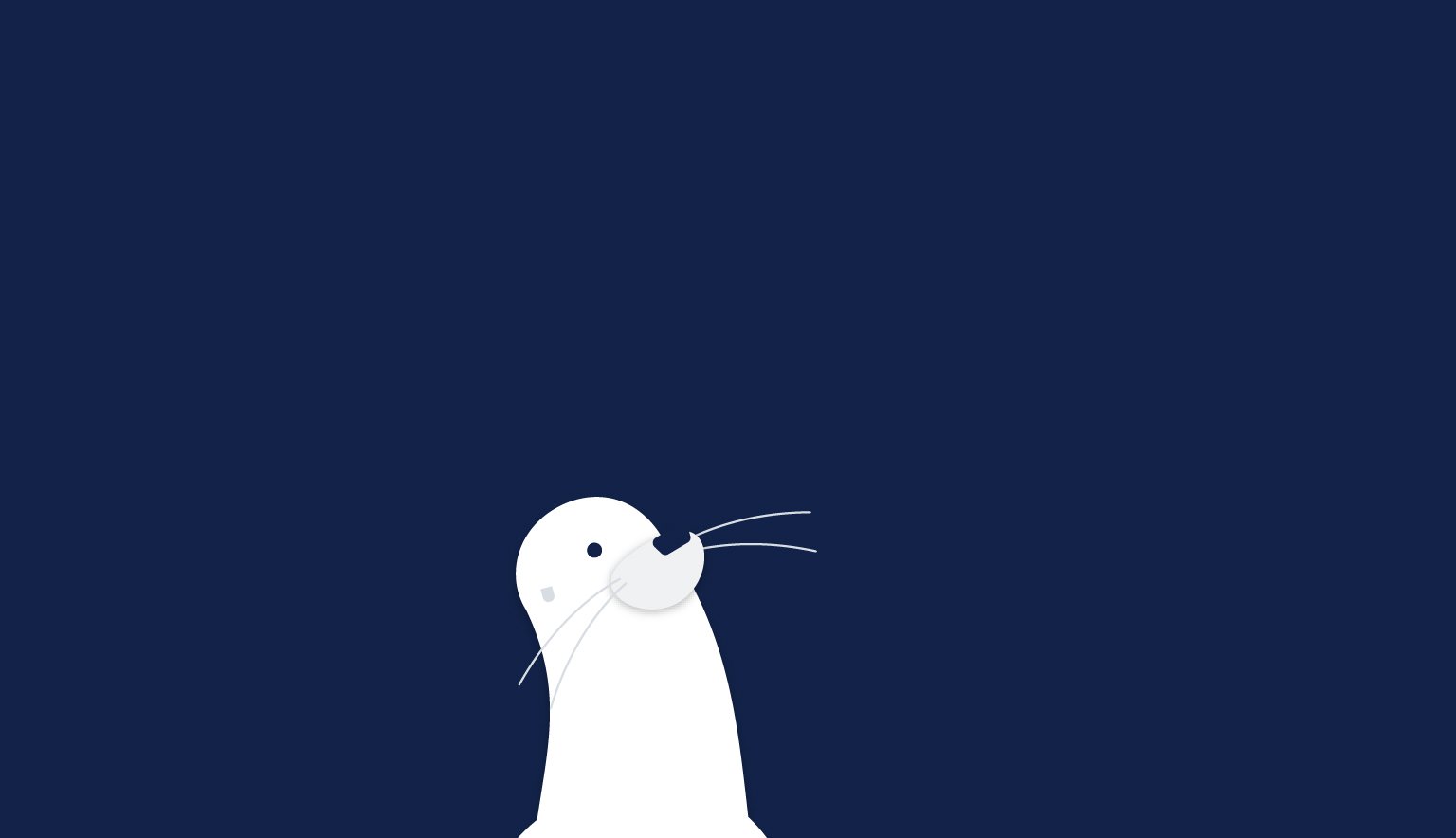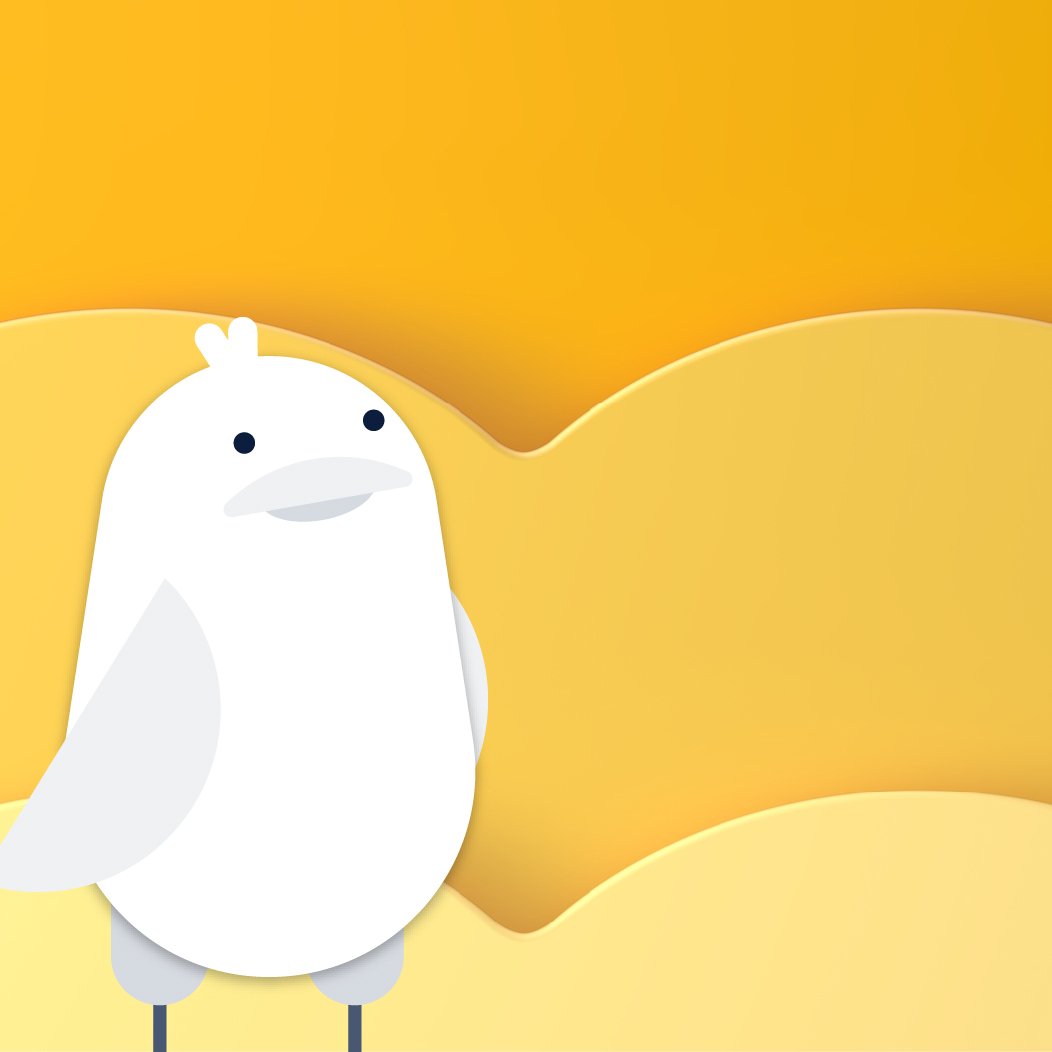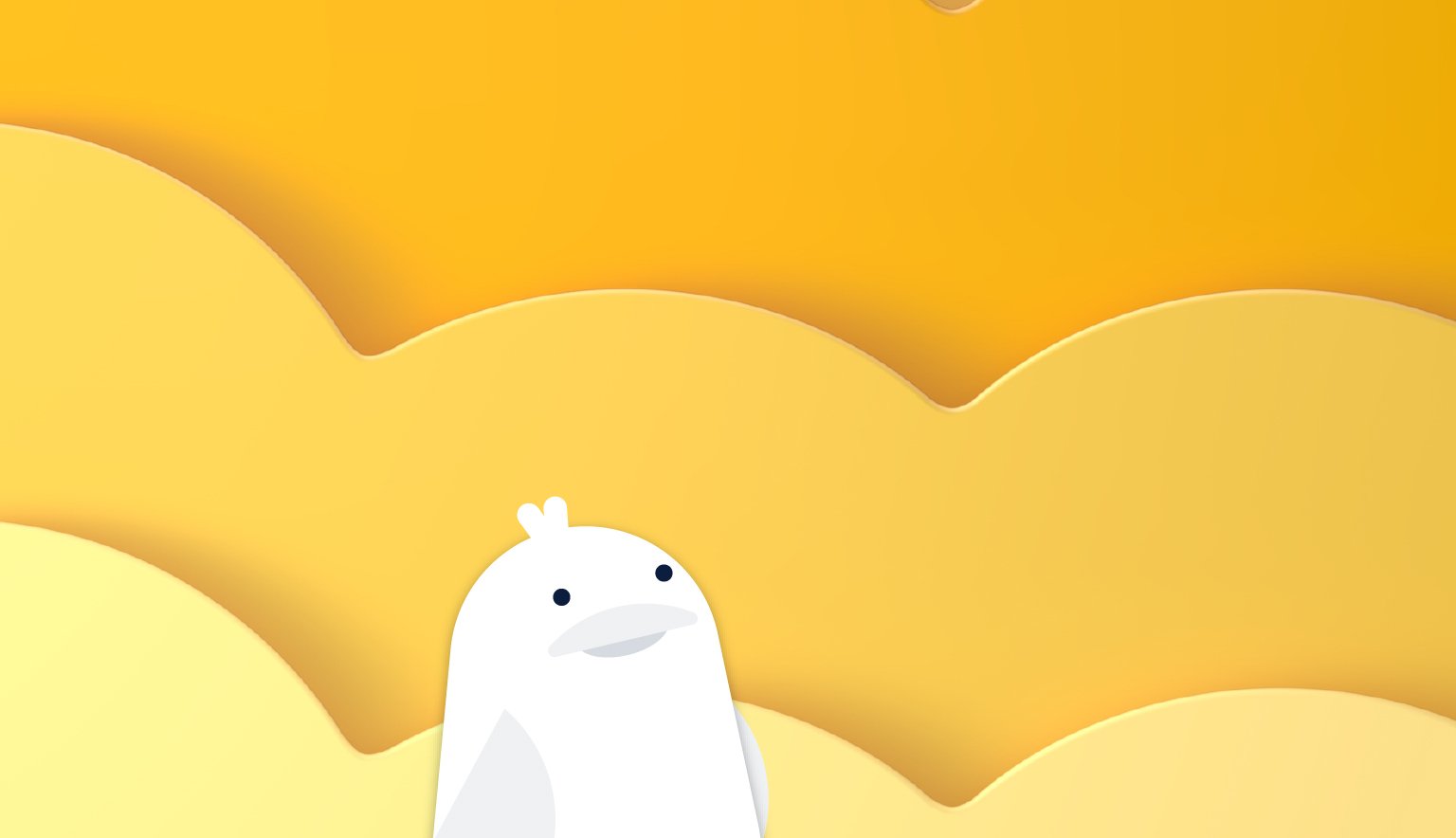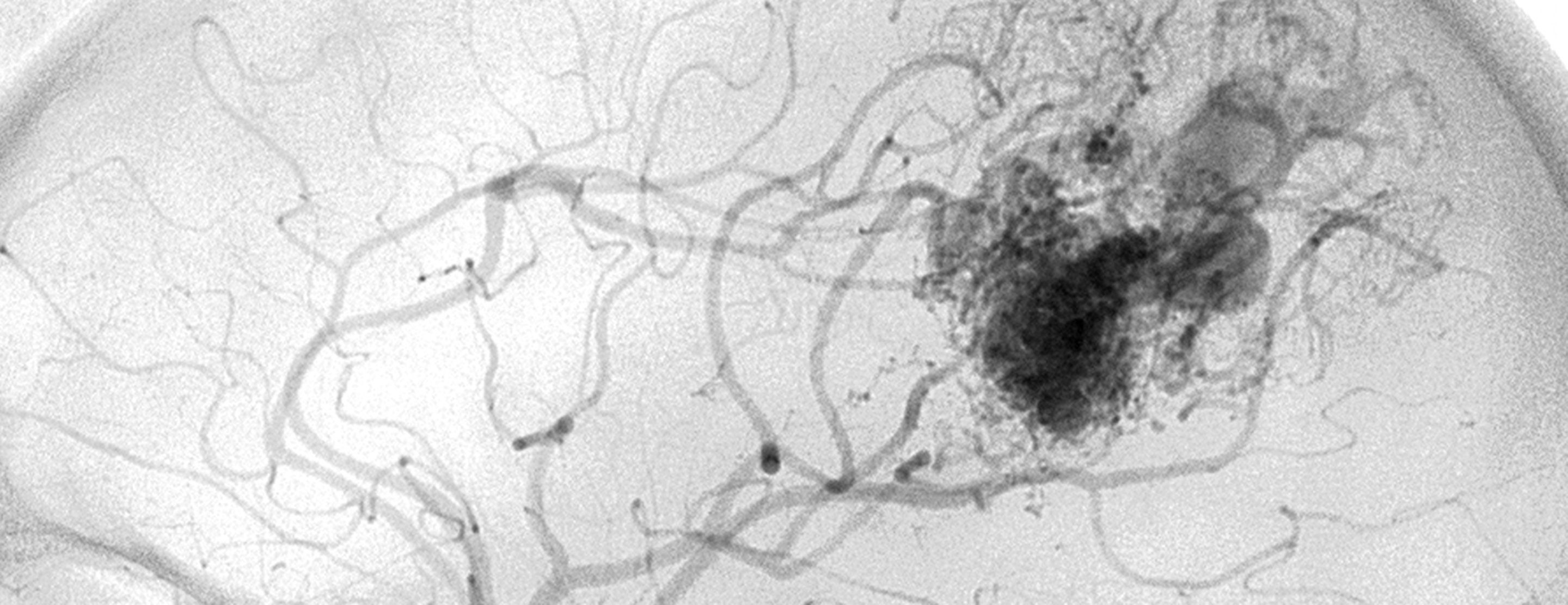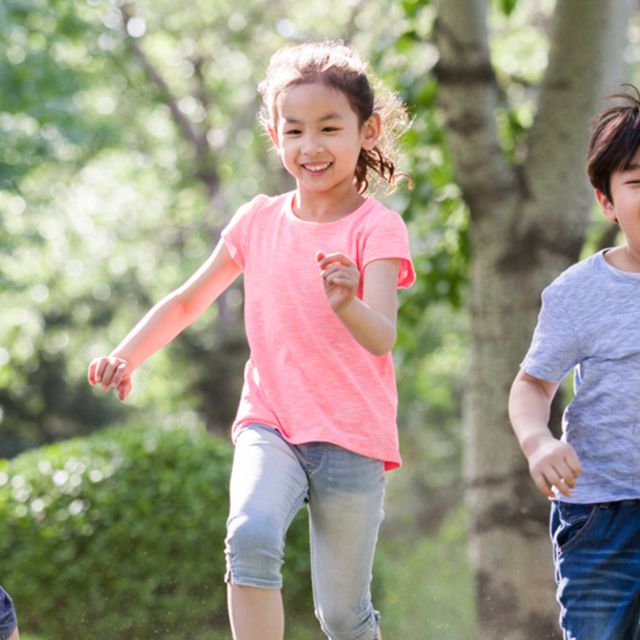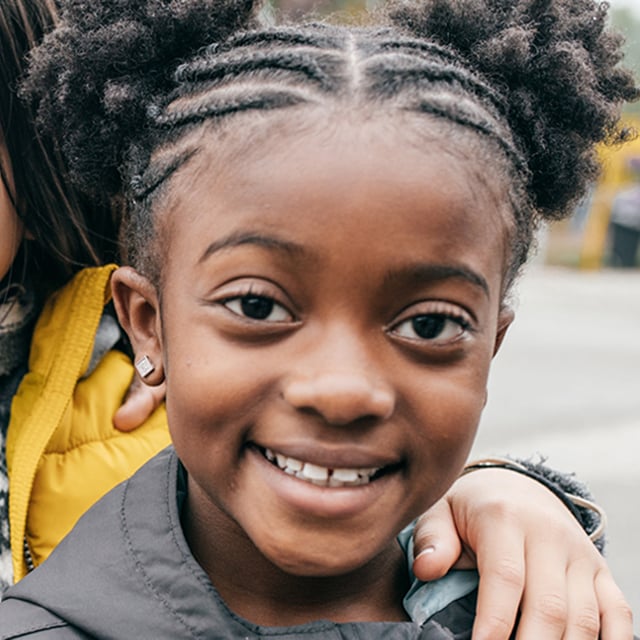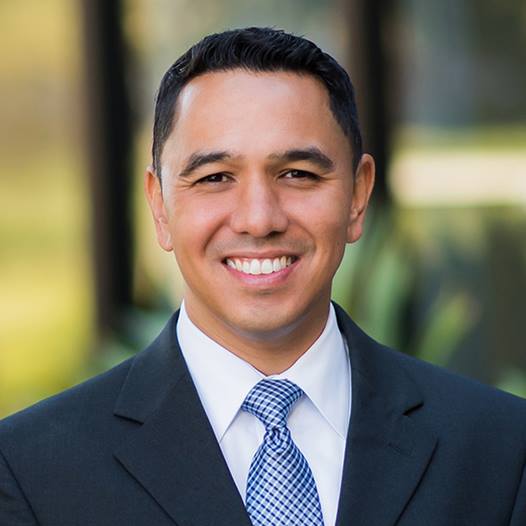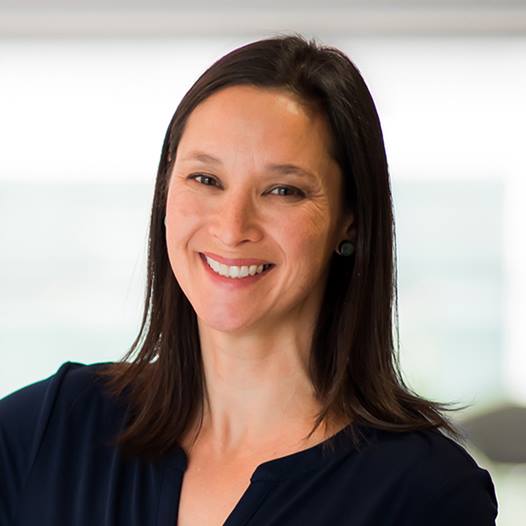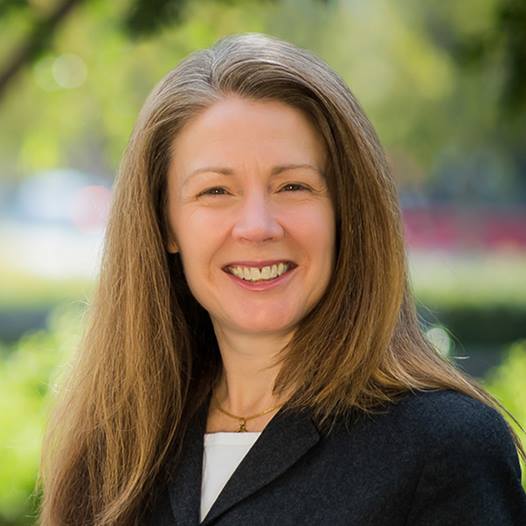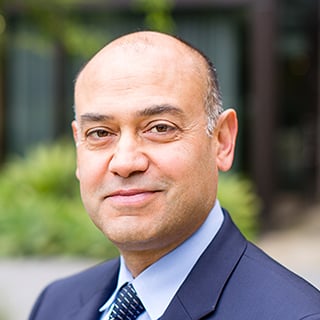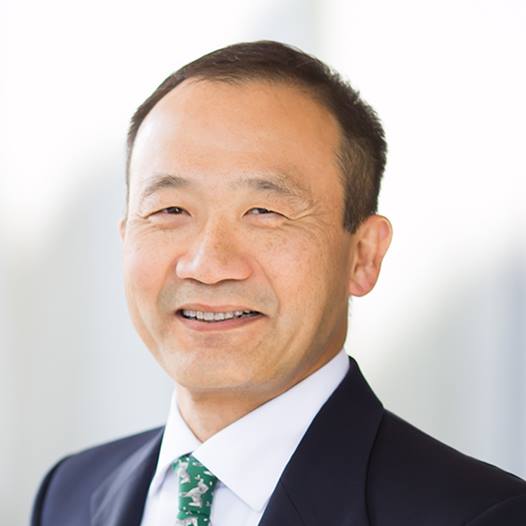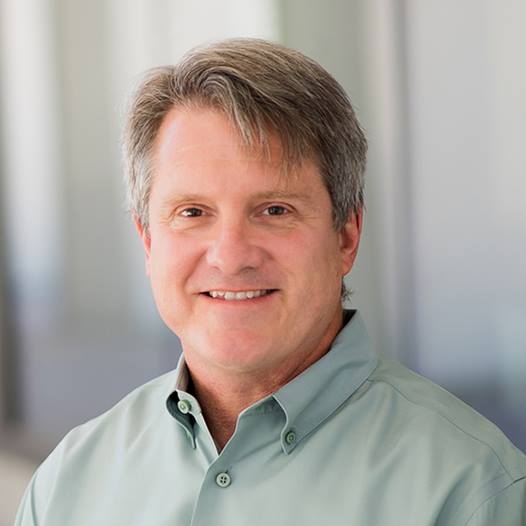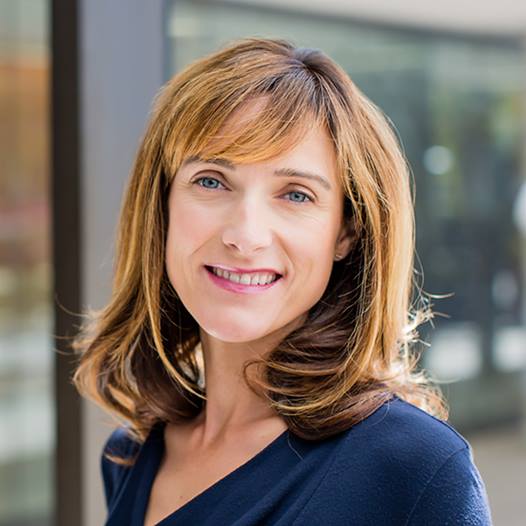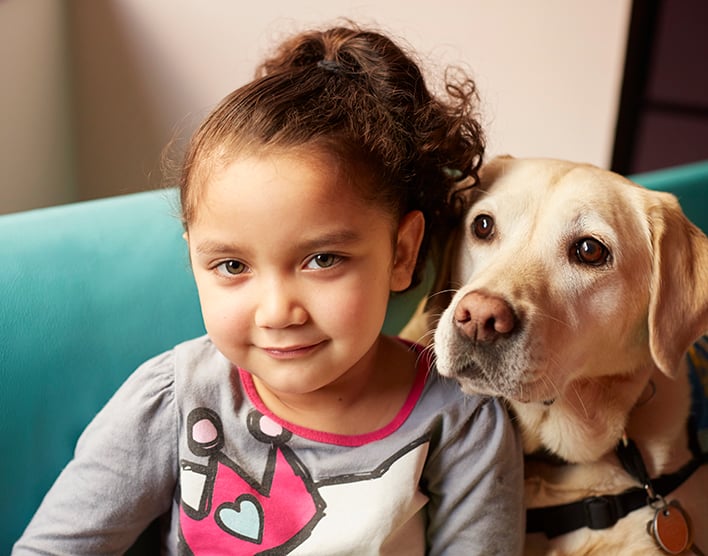Lauren McLaughlan was likely born with the abnormal tangle of arteries and vessels in her brain that caused her stroke. But like many people with this condition, called arteriovenous malformation (AVM), she had no clue it was there until it ruptured.
When she woke up at UCSF Benioff Children's Hospital San Francisco, the teen from Truckee, California learned she'd spent weeks in the hospital and had undergone brain surgery to remove the AVM. After months of intensive rehabilitation, she was able to return home, then to school, and then to the ski slopes. She recently represented her native North Tahoe area as the 2013 SnowFest Queen.
What do you remember about having a stroke?
I was sitting in class and every so often I'd get really hot and dizzy. At first I didn't think it was anything. But then I got the worst headache I'd ever had, just in one spot — it felt like a very strong man was hitting me with a hammer. I started crying. The teacher was handing back tests and had just given me mine, so at first everyone thought I was crying about my grade. I'm not the kind of person to cry about something like that.
I was dressed as Luke Skywalker for spirit day, and I started taking off my cape and hood to try to cool down, but it wasn't helping. Apparently my friends laid me down on the floor, but I don't really remember it because at that point, I passed out.
Where were you when you woke up?
It was a few weeks later at UCSF. I'd actually been to three different hospitals.
What had happened in those weeks?
The school had called an ambulance. They took me to the nearest hospital, which is Tahoe Forest Hospital. They did a CAT scan and said I had either a brain tumor or an AVM [arteriovenous malformation], but they weren't sure which. I was driven to a second hospital in Reno, and spent the night there.
I had a second rupture at 3 a.m. They did two surgeries to relieve the pressure in my head. That day, they sent me on a care flight to UCSF.
At UCSF I had surgery to try to remove the AVM. They did an angiogram and found there was still 5 percent of the AVM left, so they went back in to remove it. Then they did another angiogram to make sure it was all gone, and it was.
When did you fully wake up and realize what had happened to you?
I think I had been transferred to UC Davis at that point. It's closer to my home, and has a rehabilitation program. I was looking at my calendar and saw I had an important soccer game and my aunt's anniversary on the same weekend. I told my dad, "I need to decide," and he said, "That's already passed."
Did you think it was the weekend following your stroke?
Yes. Plus, I was worrying about missing a soccer game — it hadn't really set in that I couldn't run or even walk.
What kind of effects from the stroke did you wake up to?
The entire left side of my body didn't really work at all. It was hard to swallow. All my food had to be puréed and my water had to be thickened.
I'd had a quiet voice before, but after the stroke it was really quiet. People had to strain to hear me. I started speech therapy from the moment I woke up at UCSF. My first words were, "It's a foggy day in San Francisco."
Which is generally true!
On that day, I think it was actually nice. Anyway, those were the first words but it was still a whisper. By the time I left UCSF I could talk, it was just really quiet. Then we worked on projecting my voice and making it louder at UC Davis. It took me quite a while.
Talk about the rehabilitation process.
I had physical therapy, speech therapy, occupational therapy — basically any type of therapy you can think of, I had it. I would wake up around 8 or 9 and go immediately to occupational therapy, then speech, then physical therapy, then see the neuropsych, then have lunch, then do it all over again. I needed 12 hours of sleep a night. I lived at UC Davis for an entire month.
How quickly did you see progress?
Slowly but surely progress would come. I couldn't really see it, but my family and friends could.
How about getting back on your feet, literally?
First I had to work on standing up. It was really hard to put weight on both feet. I managed to put most of my weight on my right foot and still look like I was putting it on both.
I had an ankle-foot orthotic for my left foot, because of drop foot. That helped me start walking on my own. I began with the bridal walk — when you take one step, bring your feet together, then take another step — because I didn't fully trust my left leg yet. I had to use a wheelchair for a while.
I had to have a really painful shot in my stomach twice a day. It was a blood thinner — because I wasn't walking at all, they were afraid I'd get a blood clot in my leg. I asked my doctor, "What do I have to do to avoid getting the shot?" and he told me, you have to walk this distance each day. So the very next day, I went to the physical therapist and said, "I need to walk this far." And I did. I told them, "Make sure you tell my doctors I walked this far!" I really pestered them to tell my doctors so I didn't have to get the shot.
Avoiding a shot in the stomach does sound motivating! How has your physical function recovered?
Currently I have to wear a walk aid below my knee. It's like an electric stimulator that helps me lift up my foot for drop foot. Otherwise, I overcompensate with my hip.
But you're back skiing?
I've gone skiing three times this year. The first time, I did the same bunny hill the whole day but it was a lot of fun. The second time, I went on an intermediate run. It was great getting back on the mountain.
How was it returning to school?
I was really excited to get back. At that point I was just hanging around my house and not doing very much, and it was really boring. I had always enjoyed school and really missed my friends.
Because I went back early, our principal said I wasn't allowed to return unless it was in a wheelchair. I agreed to the terms but I wasn't sure how my friends would react seeing me in a wheelchair. But most everybody was supportive and helpful and happy to see me back.
Did you notice any effects from the stroke with your school work?
If I was to work non-stop for a few hours, I might get a light headache. So I couldn't work as long as I used to, which was fine. I would just take more breaks or work in segments.
What kind of follow-up care do you have?
I see my regular doctor for check-ups and I have a yearly check-up at UCSF with Dr. Heather Fullerton. I take anti-seizure medication twice daily because I had a seizure on January 1, 2012.
So just a few months after the stroke?
Yes. A lot of people who have had strokes have seizures, so after the AVM they put me on anti-seizure medication just as a precaution, then said I could stop it since I'd never had a seizure. Then a few weeks later, I had a seizure and had to go back on it.
And you haven't had any seizures since?
No.
You were recently crowned the 2013 SnowFest Queen. What's that and what made you decide to run?
SnowFest is our snow festival for the North Tahoe area. If you're a freshman or above in high school and have a non-profit organization backing you, you can run for SnowFest Queen.
I was soccer team manager this year because I couldn't play on the team but wanted to be involved in some way, and some of the parents asked me to run. Our booster club had helped our sports teams buy new gear, new uniforms, so I thought it would be good way to give back.
And you were crowned queen during SnowFest?
Yes, at the beginning of SnowFest week. I was really surprised. It's based on different categories — how many raffle tickets you sold, your resume, your attitude — and whoever has the highest score wins. So I got to be in a few parades, and next year I get to crown the new SnowFest queen, which is exciting.
Most importantly, did you get a tiara?
I did. I got a tiara, a sash and a robe. But I had to give the robe back.








